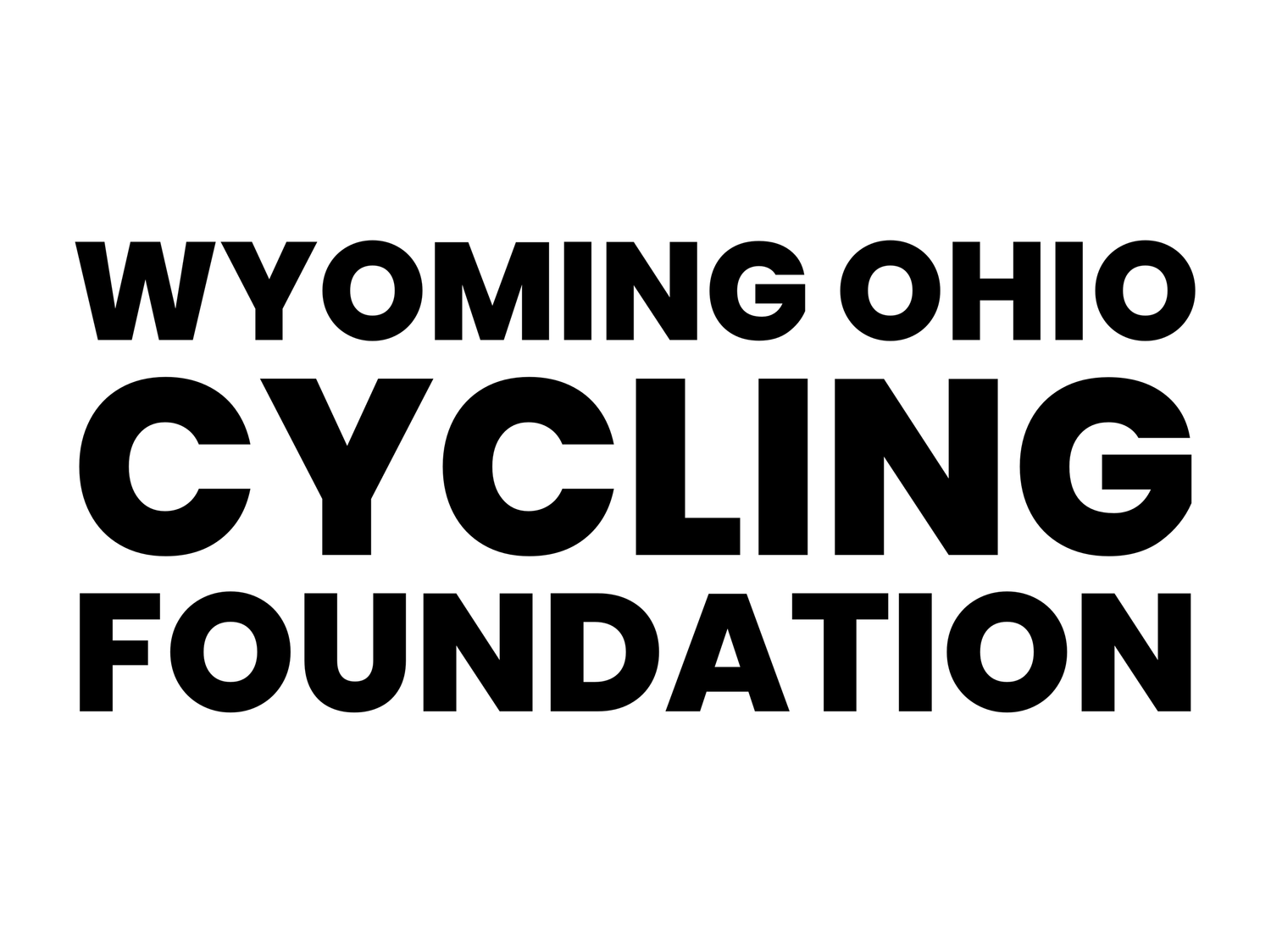Daily Rides
We invite you to join the WOCF cyclists for our regular hour rides at 6:00 a.m. to 7:00 a.m. every Monday, Wednesday, and Friday (weather permitting). Many Fridays are casual Fridays when we extend the ride to 1½ hours before coffee. We meet at the intersection of Wyoming Avenue and Springfield Pike (1 Wyoming Avenue, Cincinnati, OH 45215).
We ride a dozen or more routes through the Greater Cincinnati Area. Typical weekday rides include Ikea, Section Road, Groesbeck Road, Winton Woods, Sharon Woods, Congress Run, Hills of Wyoming, Kemper Loop, and Spooky Hollow Road.
We are committed to a “no rider left behind” policy.
Weekend Rides
On Saturday/Sunday, our rides are longer, and we have a general departure at 8:00 a.m. in the fall and 7:00 a.m. in the summer.
Typically, we ride for 35-45 miles with a stop for coffee, and we are back by noon. For any of our rides, feel free to just show up and join in! We are committed to a “no rider left behind” policy.
For tips on how to best ride in a group, click here.
Know Before You Go
Safety comes first
We have a strict "no rider left behind" policy.
Whatever the reason—taking your time, less experience than some of the other seasoned riders, ailing and need encouragement or more substantial help, or having mechanical problems—the group will not leave a rider alone or behind. You will always have friends around to assist with bicycle breakdowns and to make sure that you are okay!
We do not ride when the roads are wet.
The ride will be canceled or rescheduled. We ride in the dark, and we ride in the cold, but we do not ride on wet roads.
Helmut use is a requirement.
Wear a helmet, period.
Get your bike tuned up at a bike shop.
This can really help assure cables are in good shape and tight, shifting is adjusted properly, tires are road-worthy, brake pads have enough "meat” on them, handle bars have fresh grip tape, etc. If you need suggestions for bike shops, we all have our favorites. Just ask.
Be sure you have fresh batteries.
Flashers and headlights tend to dim rather than just go out, which can be difficult to notice. Best to be proactive. Other accessories won’t even dim; they’ll just stop working. Make sure all of your accessories are charged up. before each ride.
Install a headlight.
We ride early, which means we are in the dark sometimes. You must be visible, which means a headlight and taillight.
Road ID … just get one.
This is money very well spent, and you can obtain one from Road ID. Hopefully, you won't need this, but in the event of an accident, it will help medics know of any pertinent medical conditions and will help us (your riding buddies) to contact your loved ones without delay. Tip: keep it in your bike shoe or helmet so that you always remember to put it on for every ride.
Verbal commands and hand signals
We use the standard verbal commands, as well as hand commands. Yell, "Car back!" when a car is approaching from the rear; yell, "Car up!" when a car is approaching up ahead; Yell, "Car Right/Left!" when a car is approaching from the side or pulling out of a driveway. Yell, "Slowing" or "Stopping," depending on the degree of deceleration to avoid a pile up.
Don't assume the person in back of you sees the same thing for which you are slowing. Be specific. Yell, "Hole!" or "Bump!" and point at it with a finger as you pass to prevent the next guy from diving into a pothole, etc. Yell, "Gravel," and wiggle your fingers at it to warn others of bad traction ahead. If turning, the person in front needs to yell the direction and use the hand signal well in advance of the turn. In general, use your common sense to warn folks behind you of imminent danger.
Because being able to hear traffic and to communicate with other riders is critical, there is no wearing of ear phones or earbuds during group rides.
What to do when you see a dog.
Most important, yell, "DOG!" at first sign that a canine is approaching with ill intent. A squirt from a water bottle in the muzzle can often ward off mean dogs or dogs that might be injured by coming too close to a moving bicycle. Be prepared and keep your eyes open when you ride through neighborhoods as, sooner or later, one WILL find you on the road.
Be prepared.
Carry a spare tube and a supply of air (pump or CO2 cartridge inflator) and learn how to change a flat. Someone else is usually willing and able to help, but you should be prepared with the right equipment.
Here are other useful sources for you to take a look at:
How to Change a Road Bike Tire by Performance Bicycle
How to Use a CO2 Inflation System by Performance Bicycle


